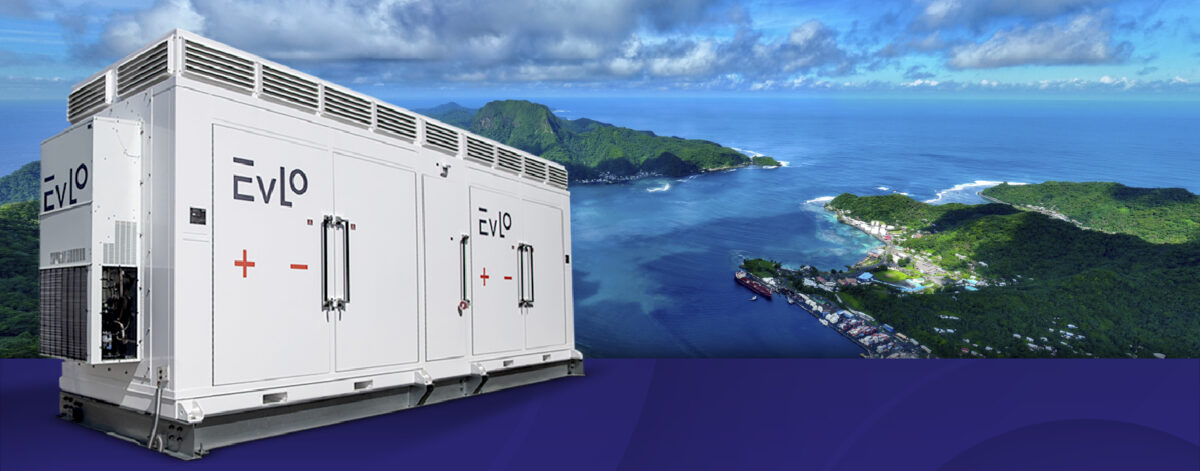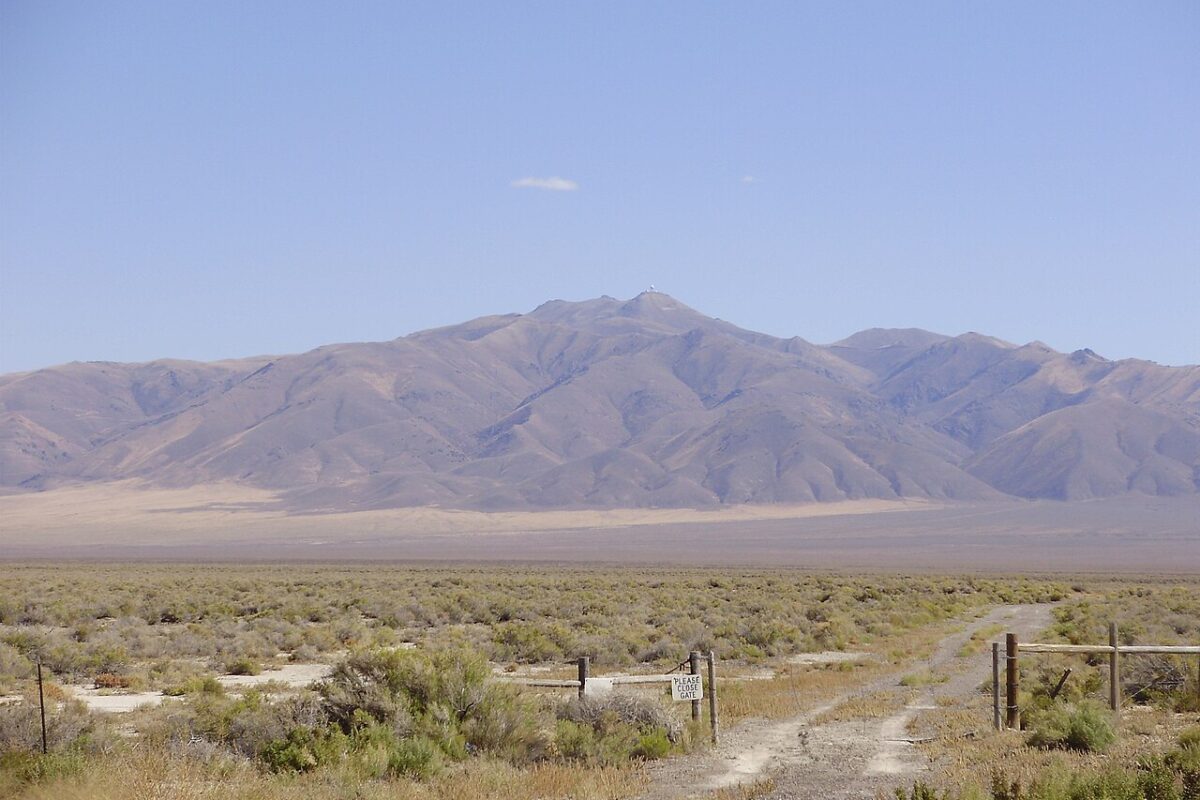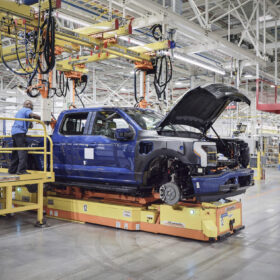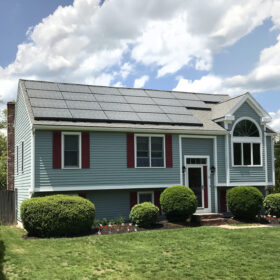Evlo Energy Storage Inc, a subsidiary of Hydro-Québec, announced it has commissioned the first of three grid-scale energy storage projects in American Samoa.
The first project adds 4 MW / 8 MWh two-hour duration energy storage to the local grid in Tutuila. The company collaborated with Eastern Power Solutions, a solar energy service provider, to develop the project, which will be co-located with 20 MW of solar capacity.
Two other projects will add 5 MW / 10 MWh and 1 MW / 2 MWh to the islands of Tutuila and Aunu’u. All three projects will support ramp rate control to smooth and limit fluctuations in solar output, supporting operations of utility American Samoa Power Authority’s (ASPA) grid.
ASPA is a public utility providing electricity, water, wastewater and solid waste services to about 50,000 residents. In 2016 the utility committed to power 100% of American Samoa’s energy with renewable energy resources by 2040, primarily with solar energy. Positioned less than 1,000 miles south of the equator, American Samoa is positioned to harness its abundant solar energy resources.
Energy storage is expected to play an important role in supporting the utility as it increases its solar capacity.
“At Evlo, we are dedicated to delivering safe and efficient energy storage solutions to utilities and power producers aiming to incorporate cleaner technologies into their energy mix,” said Sonia St-Arnaud, president and chief executive officer, Evlo. “Evlo ensures grid stability and supports the integration of renewable energy sources from mainland areas to isolated regions.”
The three storage projects will install Evlo 1000 units, which are 1 MWh lithium-iron-phosphate batteries with a lifespan of up to 20 years.
Each containerized unit is 8.84 m long and 1.82 m wide and houses safety systems and a software solution enabling remote control and monitoring. The energy storage unit is fitted with over 200 sensors for real-time temperature monitoring, a hydrogen-emissions detector and an active-ventilation system. Each system also has a dry-pipe sprinkler system.
This content is protected by copyright and may not be reused. If you want to cooperate with us and would like to reuse some of our content, please contact: editors@pv-magazine.com.









By submitting this form you agree to pv magazine using your data for the purposes of publishing your comment.
Your personal data will only be disclosed or otherwise transmitted to third parties for the purposes of spam filtering or if this is necessary for technical maintenance of the website. Any other transfer to third parties will not take place unless this is justified on the basis of applicable data protection regulations or if pv magazine is legally obliged to do so.
You may revoke this consent at any time with effect for the future, in which case your personal data will be deleted immediately. Otherwise, your data will be deleted if pv magazine has processed your request or the purpose of data storage is fulfilled.
Further information on data privacy can be found in our Data Protection Policy.